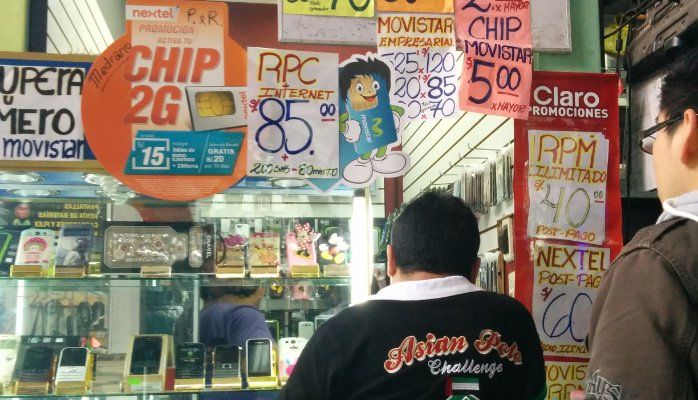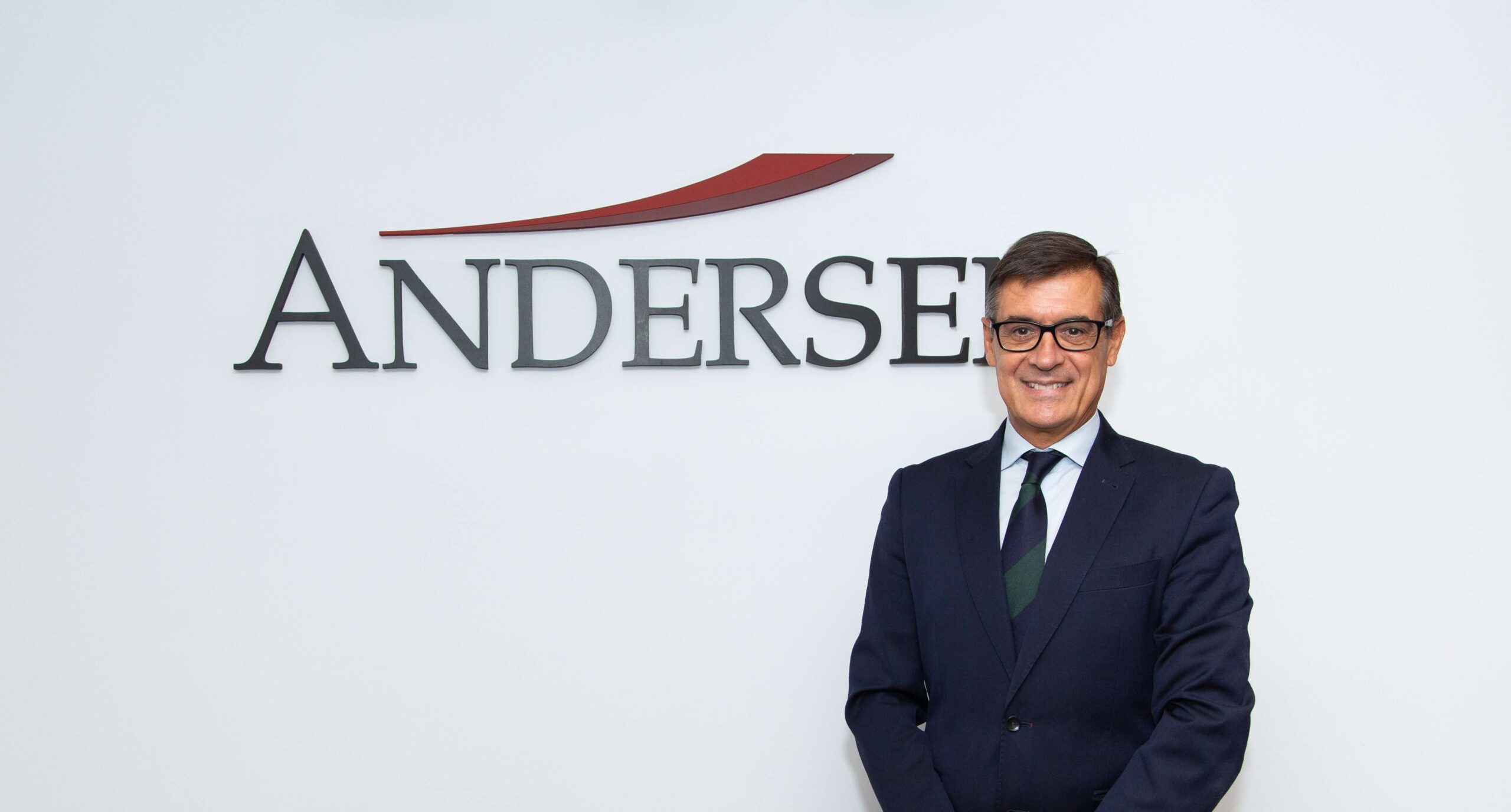"commodities": goods or services whose demand is supplied without qualitative differentiation and whose price fluctuates according to the market (taken from Wikipedia).
On a recent trip to Peru, we had the opportunity to visit the Malvinas market in Lima, which is very popular there as a place to buy all kinds of services and mobile phone equipment at a good price.
This is a curious example of the so-called "informal economy", common in that country, where legal and "quasi-legal" activities go hand in hand, creating a very dynamic and interesting commercial space, at least from the point of view of customer experience.
There is no reliable data on the turnover of this market, but estimates place it at around 25% of the national total of gross adds and porting, which may put its sales figure at around 50,000 lines per month.
The mobile telephony market in Peru is one of the fastest growing in the region: the mobile penetration rate is around 90% (in contrast, only 45% of households in the country have a fixed line), with an annual increase of 6% and the highest use of voice minutes in the region. Almost 70% of lines in the country are prepaid.
The Malvinas market supplies these services both to the city of Lima (which concentrates 77% of the country's entire market) and to the rest of Peru's regions, through satellite markets that have spread to other cities.
What is different about this market compared to other business models?
- Its appearance can be compared to a fruit and vegetable market, with small "stalls" (most of them smaller than 2 square metres) where one can buy what is necessary (handset, sim card and service registration) to leave with the mobile phone service activated and working (prepaid and postpaid).
- Most of the stalls are "multi-brand", selling services and equipment from different providers, so, although the operators are actively involved in this market (not only as necessary end providers), the truth is that their brands (Movistar, Claro,...) are blurred, they are not perceived. In the interaction with the seller, one can choose the most convenient tariff and equipment option among the different options available in the Peruvian market. This shopping modality already exists all over the world, the distinctive thing here is that literally hundreds of these stalls are concentrated in one place, competing in price and service offer.
- In this context, the price fluctuates throughout the day. Stalls display price lists for voice, sms, megabite or bundled services, which change "according to market". There is also the option to bargain on the final price, depending on the volume of purchase. Let's say that here each stall operates as a "reseller" of services, which can offer (and manage) almost personalized conditions to its customers, preserving its profit margin.
- Customisation also includes the handset. New and used handsets are offered, always unlocked, and the "dual sim" alternative is common (very common in developing countries), making it possible to combine the best of different operators or different technologies ("push to talk" + GSM for example) in the same handset. Devices are largely branded without relevant branding.
- The facility with the equipment also includes all kinds of on-the-spot repairs and upgrades (...they are real handymen), which is offered to the customer at the point of sale. We have seen that equipment is sold without manufacturer's warranty. Reliability here circulates by word of mouth from buyers, rather than by the safeguard of a contract.
- In Malvinas the activation of services, both prepaid and postpaid, is always done on the spot (the salesperson contacts the operator's customer services and registers the line), there is no credit risk analysis (since as a reseller it is the salesperson himself who is responsible for the line before the operator and who provides the means for the monthly payment) and the "contracts" for postpaid are verbal and no documentation is requested from the customer. However, paradoxes of the informal economy that surprise those of us who do not know its codes, the rate of non-payment and fraud are said to be lower than that of the "formal" market in the country.
In terms of customer experience we have found that:
- Malvinas is the preferred form of access for the rural and lower income segments of the country's population. It is precisely in these groups that mobile penetration is growing the most, as disposable income increases with the growth of the country's economy. These sectors are also heavily dependent on mobile telephony for their daily lives, given the scarcity of other available communication options (fixed telephony or home internet).
- The reality is that in Malvinas there is a strict commoditisation of these services that we have not witnessed before: an almost total absence of qualitative differentiation of the service, while the price fluctuates in relation to the market in a way that is perceptible to the client.
- We see that here the customer is the "owner" of the purchase (or at least has more control over the purchase than in the classic telephony retail channel), with real options for comparison and perceived benefit and no barriers to entry, apart from having the amount of the price of the service.
The Falklands model (with other similar examples in Latin America or Asia) makes sense in developing economies where the informal economy is widespread. Note, here the informal economy in no way implies poor service, poor customer experience or poor business.
From our customer experience perspective, it is interesting to see how access to this "first need" service, which many of us find cumbersome and expensive, can be marketed in such an effective way, with mobile phone registration being as easy as going to the market to buy "potatoes".







